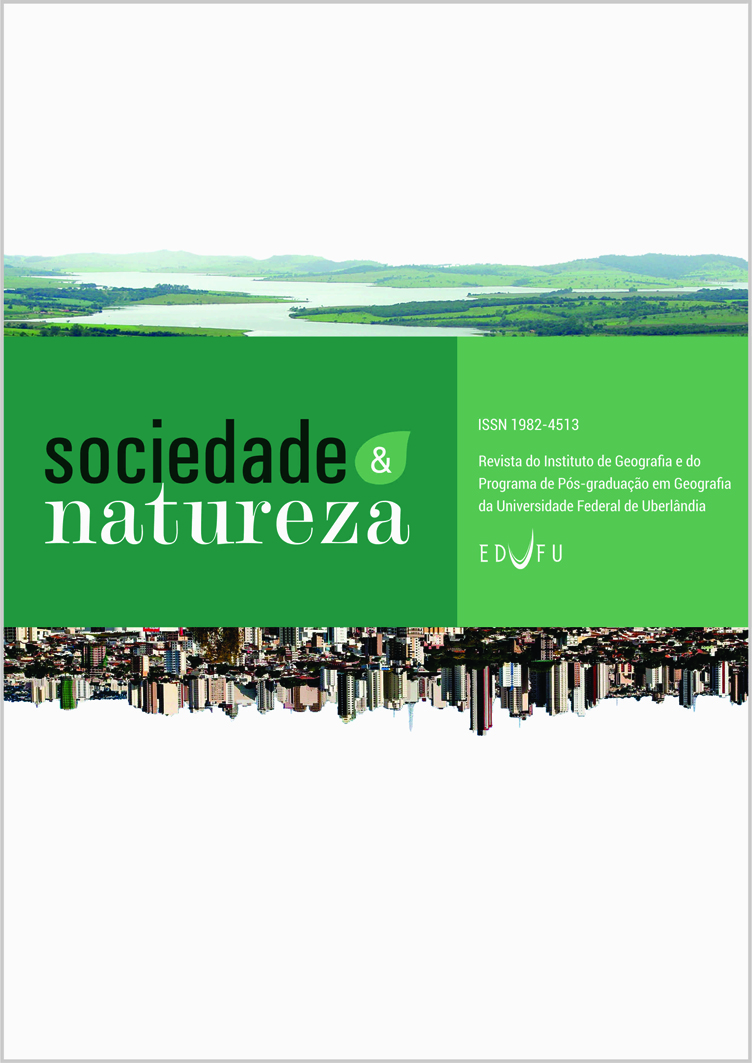Abstract
This paper analyzed the Urban Heat Island (UHI) phenomenon in Rancharia, a small city located in the west of the state of São Paulo, in the summer. Data was collected through the installation of temperature recorders in mini weather shelters, made of wood, distributed over eight representative points for the intra-urban area, nearby rural area and the area surrounding the Municipal Resort. The results, exhibited as spatial-temporal panels show the distribution of the thermal differences and the intensity of the heat island over time (month of January) and space (fixed sites). They permit an integrated analysis of climate in the geographical space. Results indicated the existence a specific urban climate associated with the use and the occupation of urban land where it was possible to diagnose heat islands that are moderate to strong in intensity.
Authors hold the Copyright for articles published in this journal, and the journal holds the right for first publication. Because they appear in a public access journal, articles are licensed under Creative Commons Attribution (BY), which permits unrestricted use, distribution, and reproduction in any medium, provided the original work is properly cited.

